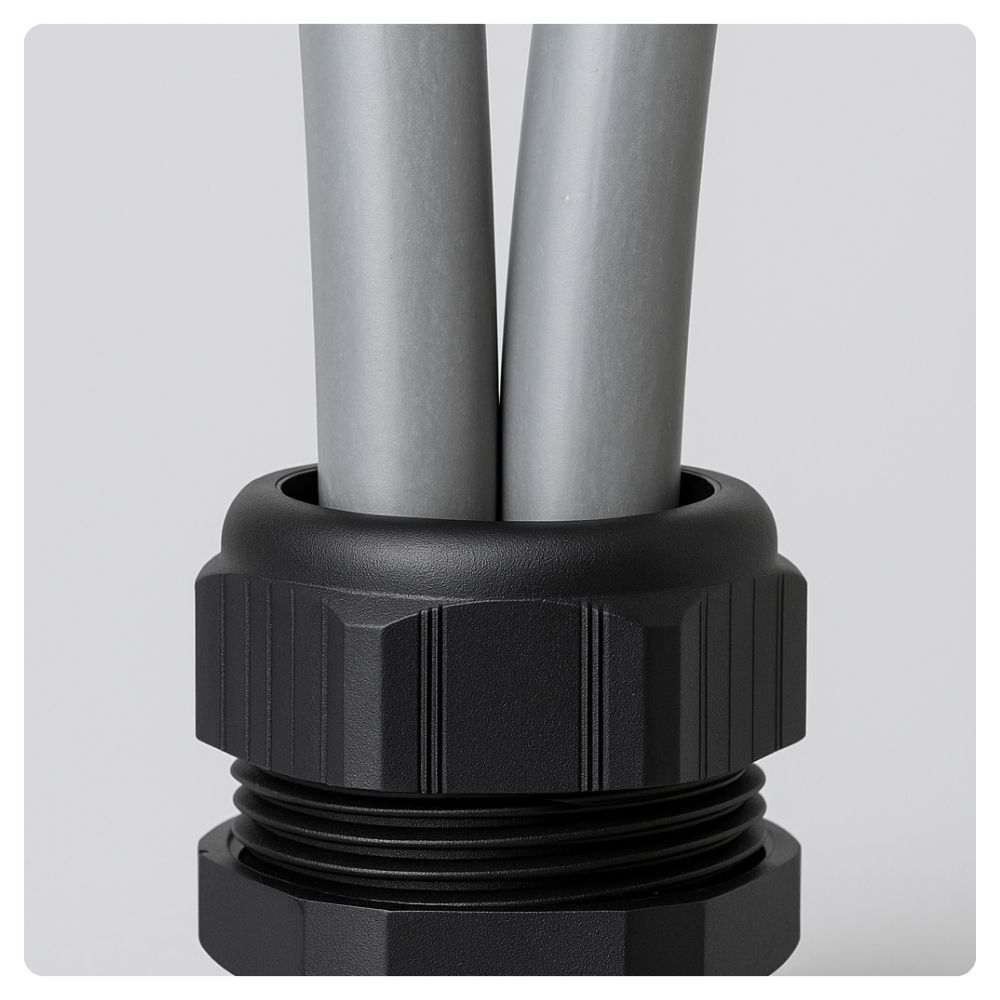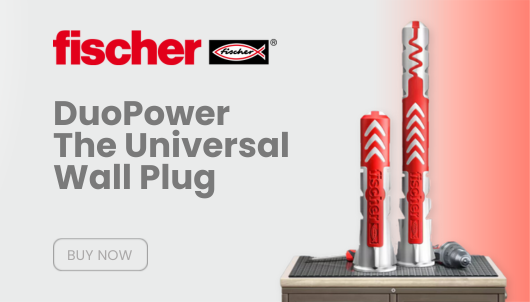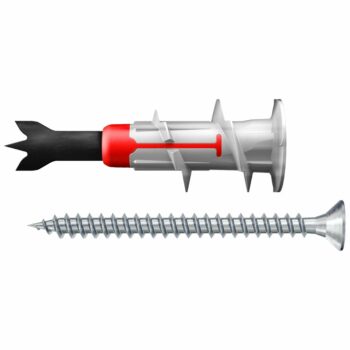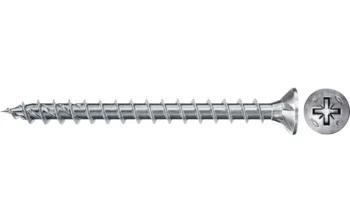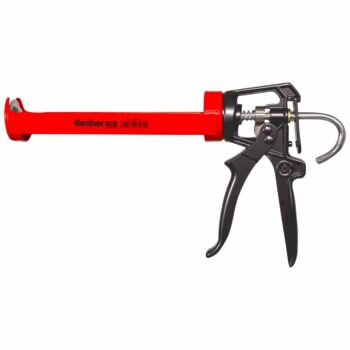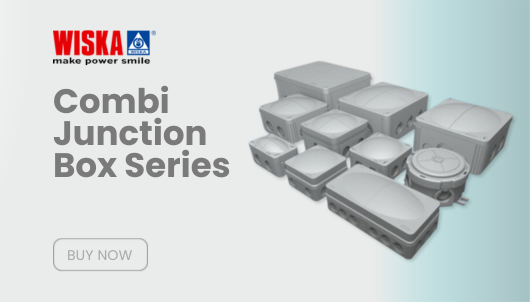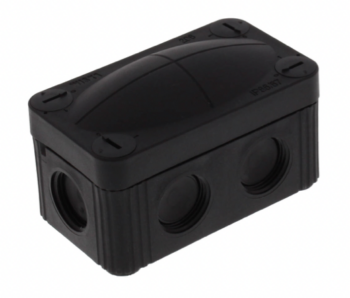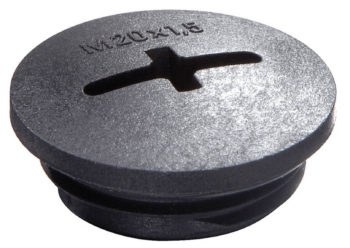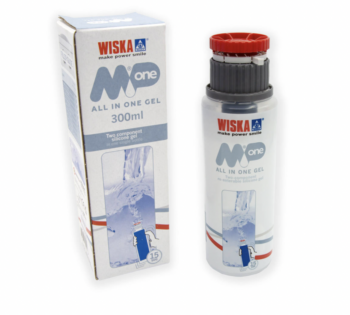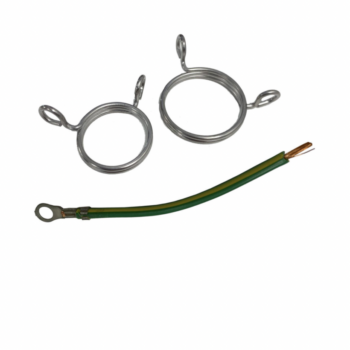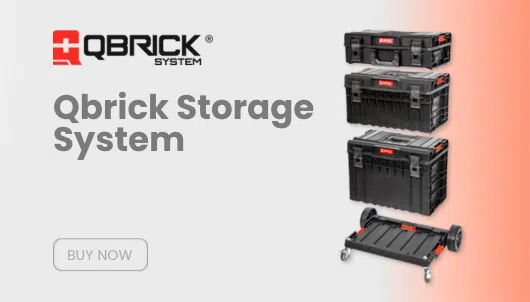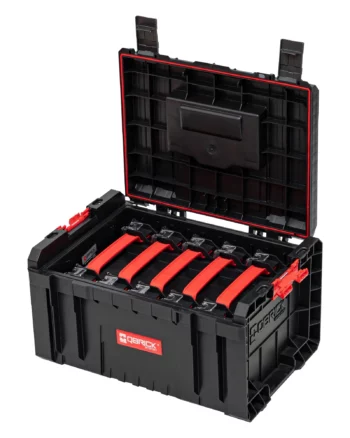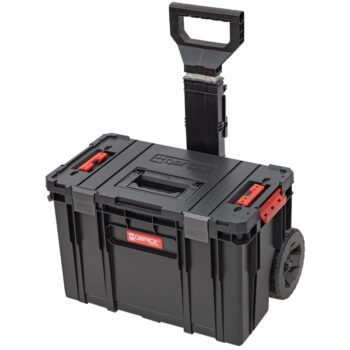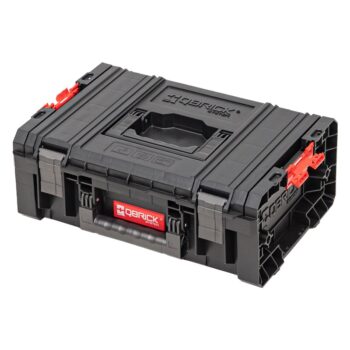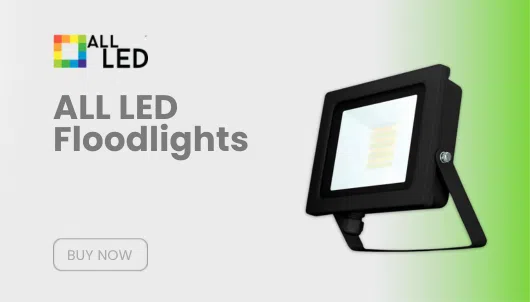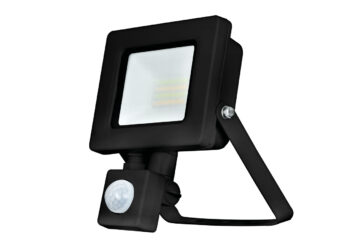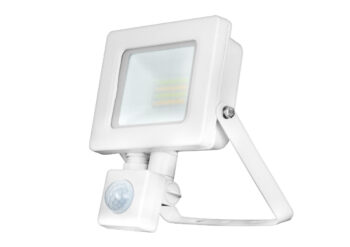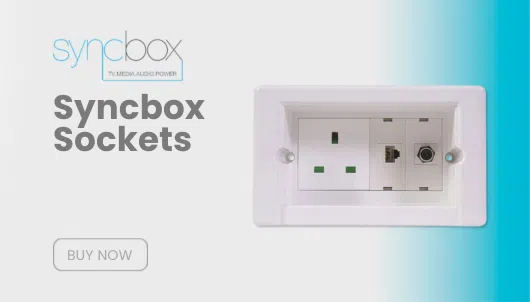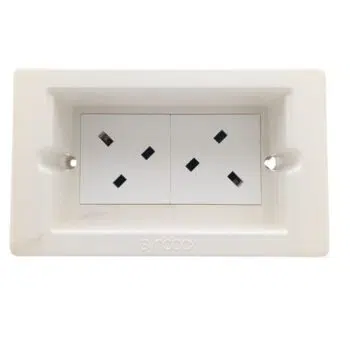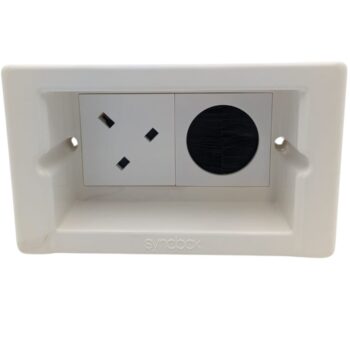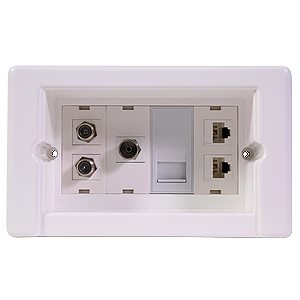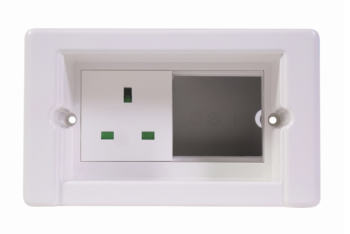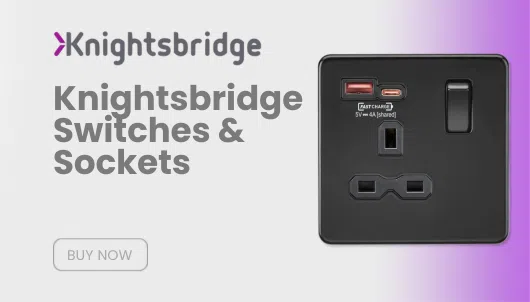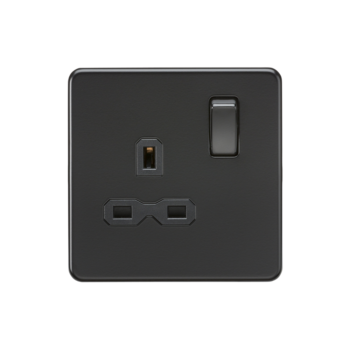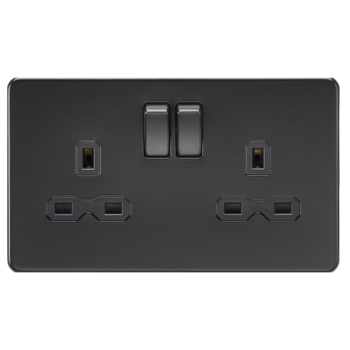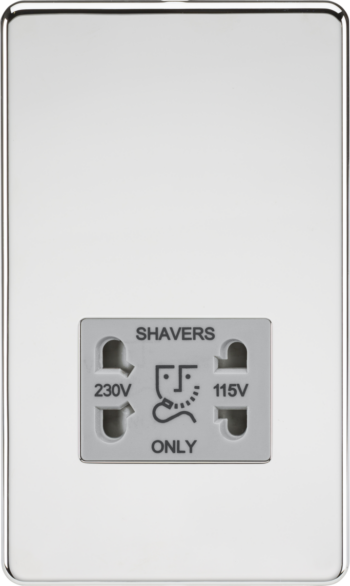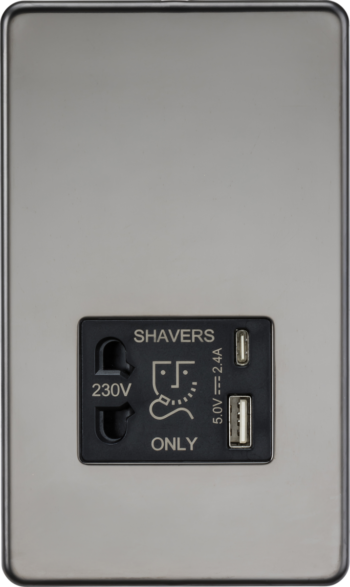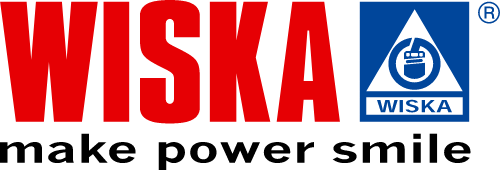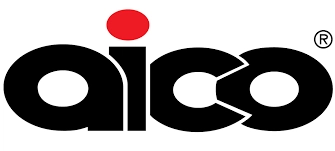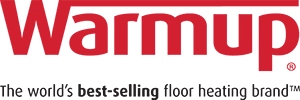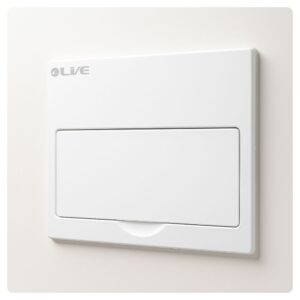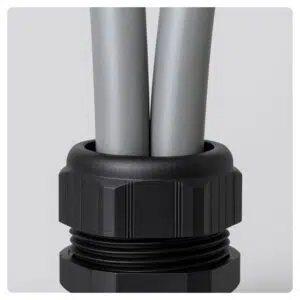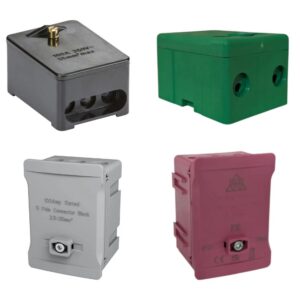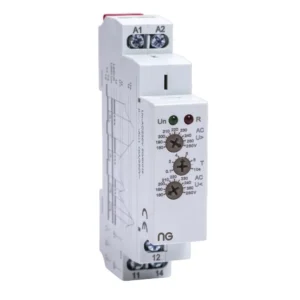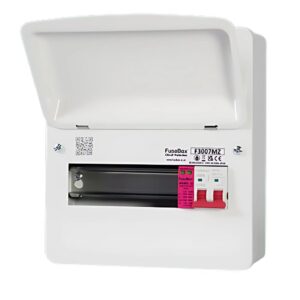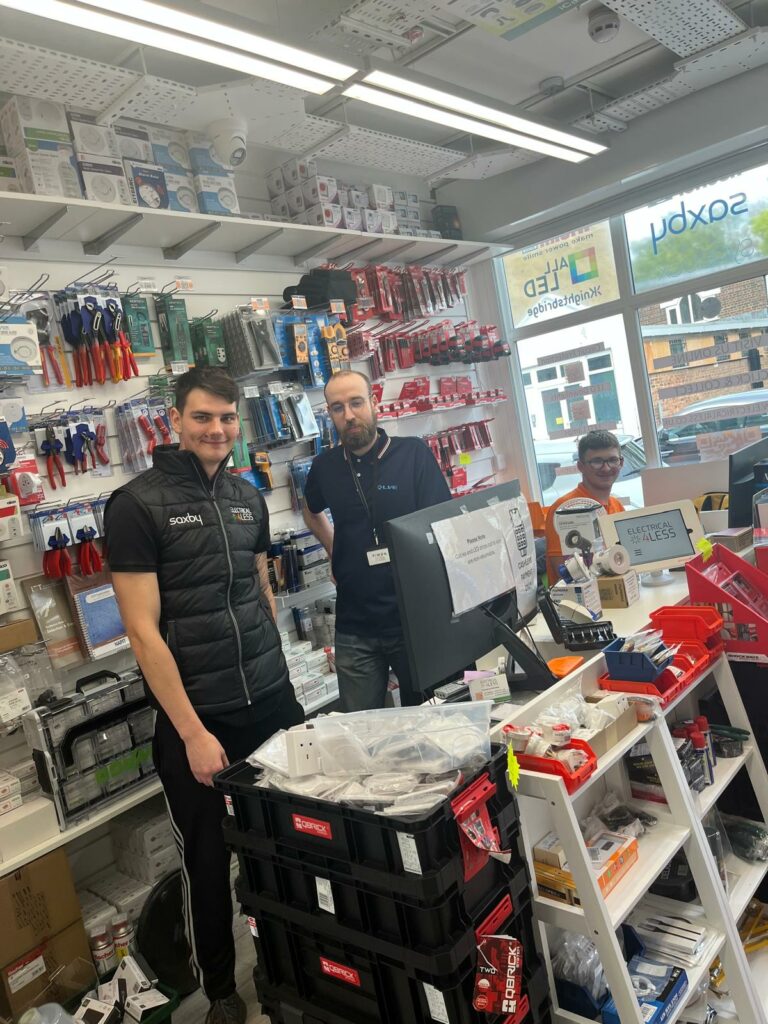How the Proposed Update Could Affect Meter Tail Glands, Flexi Tails, and Installations
Table of contents
- How the Proposed Update Could Affect Meter Tail Glands, Flexi Tails, and Installations
- ⚡ What Amendment 4 Means for Consumer Units and Installations
- 🔍 Regulation 521.5.1 – Preventing Eddy Currents in Metal Consumer Units
- 💡 Amendment 4 and Regulation 521.5.1 – Preventing Eddy Currents in Consumer Units
- 🛠️ How Amendment 4 Consumer Units May Change Meter Tail Gland Installations
- 🧵 Enter Flexi Meter Tails
- 🔩 How This Impacts Consumer Units
- 📸 Real-World Trends: Clean Installs and Insta Sparks
- ⚠️ What About EICRs?
- 🗳️ Have Your Say on Amendment 4:2026 to BS 7671
- 🙋 FAQ – Fast, Honest Answers
- 🛒 Quick Links: Shop by Category
- 🔗 Follow Us for Updates, Tips & Tools
- ✅ Final Word: Plan Ahead, Wire Smart – Amendment 4 Consumer Units
Amendment 4 to the IET Wiring Regulations (BS 7671) could change the way electricians install meter tails in consumer units. One small note in the draft proposal—about how conductors enter metal enclosures—could open up new possibilities for neater, more flexible wiring.
Let’s break down what’s being proposed, what it means for your day-to-day installs, and how you can get involved.
⚡ What Amendment 4 Means for Consumer Units and Installations
Amendment 4 aims to improve how we install meter tails, especially in modern domestic boards. This potential change offers more flexibility in cable routing, particularly for amendment 4 consumer units where tight spaces and cleaner layouts are a priority. If approved, it would benefit installers, wholesalers, and manufacturers preparing for future compliance.
🔍 Regulation 521.5.1 – Preventing Eddy Currents in Metal Consumer Units
Right now, BS 7671 says all AC conductors must pass through one opening in a ferromagnetic (metal) enclosure. The idea is to stop eddy currents, which can create excess heat and cause damage.
That’s why most electricians route:
- Two 25mm² meter tails (live and neutral)
- One earth conductor
…through a single gland when wiring metal consumer units.
💡 Amendment 4 and Regulation 521.5.1 – Preventing Eddy Currents in Consumer Units
The draft proposal adds a note:
“For BS EN IEC 61439 assemblies, AC conductors under 200 A may pass through separate holes or sections in ferrous enclosures, as long as temperature-rise tests have been verified.”
So if the board is BS EN IEC 61439-compliant and under 200A, separate cable entries might soon be permitted.
🛠️ How Amendment 4 Consumer Units May Change Meter Tail Gland Installations
Meter tail glands today are usually multi-entry, designed to hold two thick cables and a CPC. While experienced installers manage this well, the space is tight and not always ideal for clean cable routing.
If Amendment 4 passes:
- You can use smaller single-entry glands
- Cable stress may reduce
- Neater installs become easier
🔗 View our meter tail glands — engineered for ferrous enclosures and BS 7671.
🧵 Enter Flexi Meter Tails
Flexible meter tails, or flexi tails, make routing easier. Here’s why they’re Flexible meter tails — or flexi tails — are a smart solution for modern consumer unit installs. Compared to traditional solid-core tails, they’re easier to bend, route, and dress neatly.
- Manufactured to BS 6004 standards for fixed wiring
- Made with Class 2 stranded copper (19 strands) — far more flexible than 7-strand alternatives
- Available in common sizes like 16mm² or 25mm²
- Rated to 300/500V, withstanding up to +70°C operating temperatures
- Maintain flexibility in cold conditions (minimum install temp: +5°C)
- Compliant with flame propagation standard BS EN 60332-1-2
Flexi meter tails make tight installs quicker and cleaner, especially when paired with separate meter tail glands — a likely scenario if Amendment 4 allows split entries into ferrous enclosures.
🔗 Shop our flexi meter tails – pre-cut and regulation-compliant.
🔩 How This Impacts Consumer Units
This change affects:
- Metal Consumer Units
- Outdoor Consumer Units
- SPD-Ready Consumer Units
- FuseBox Boards
- Live Electrical CUs
You’ll want boards with:
- Proper knockout spacing
- BS EN IEC 61439 compliance
- Support for neat single-tail routing
📸 Real-World Trends: Clean Installs and Insta Sparks
Neat wiring isn’t just nice to look at—it helps with:
- Inspection pass rates
- Customer trust
- Professional reputation (especially online!)
If Amendment 4 is adopted, expect a rise in symmetrical tail routing using individual glands.
⚠️ What About EICRs?
Right now, tails that enter separately usually get a C3 observation. But some domestic installs under 100A have seen C2s, depending on the inspector.
Amendment 4 could help bring consistency to EICR assessments by clarifying acceptable configurations.
🗳️ Have Your Say on Amendment 4:2026 to BS 7671
The changes aren’t final — yet.
📅 Consultation runs from 7 August to 3 November 2024
✅ How to submit feedback:
- Go to: https://standardsdevelopment.bsigroup.com/
- Register for a free BSI account
- Search: BS 7671 Amendment 4
- Review the draft & submit comments
🎥 Need help? Watch the official IET YouTube guide.
🙋 FAQ – Fast, Honest Answers
Not yet. BS 7671 still requires one hole for all conductors in metal enclosures.
A: Yes — when installed correctly with PVC-insulated cables compliant with BS 6004, flexi meter tails are fully regulation-ready. Their bendability makes routing through meter tail glands cleaner and less stressful on terminals. While the current rules require all conductors to enter ferrous enclosures together (to reduce eddy currents), Amendment 4 might change that. And if it does, flexi tails will be a top choice for smart, safe installs.
A: Absolutely. If the proposed rule lets meter tails enter through individual glands, expect some installers to push symmetry and board dressing to a whole new level. Think laser-straight flexi tails, staggered knockouts, and “frame-worthy” consumer unit layouts. It’s wiring — but with style.
Potentially. It removes ambiguity and should help standardise C3 vs. C2 judgments.
🛒 Quick Links: Shop by Category
- 🔗 Metal Consumer Units
- 🔗 Outdoor Consumer Units
- 🔗 SPD for Consumer Units
- 🔗 FuseBox Consumer Units
- 🔗 Live Electrical Consumer Units
🔗 Follow Us for Updates, Tips & Tools
Want to stay ahead of regulatory changes, wiring tips, and real-world install examples?
- 📺 YouTube – walkthroughs, tips, product demos
- 📸 Instagram – smart installs and tag-worthy setups
- 👍 Facebook – updates, Q&A, and community
🎯 Tag us in your best board installs — we love featuring great work from sparkies across the UK.
✅ Final Word: Plan Ahead, Wire Smart – Amendment 4 Consumer Units
Whether this change happens or not, the future is clear:
- More flexible installs
- Clearer compliance paths
- Better-designed consumer units
🛠️ Start future-proofing now — explore our meter tail glands, flexi tails, and compliant consumer units.
📚 References
- BS 7671:2018+A2:2022 (18th Edition IET Wiring Regulations)
The UK standard for electrical installations – IET Website - Amendment 4 Draft for Public Consultation (2024)
Available via: BSI Standards Development Portal - BS EN IEC 61439 Series – Low-voltage switchgear and controlgear assemblies
Defines compliance for consumer units and related equipment - BS 6004 – PVC-insulated flexible cables for fixed wiring
Governs the flexi meter tails featured in this post - UK Cables Ltd – PVC 6181Y Flexible Meter Tails Datasheet

